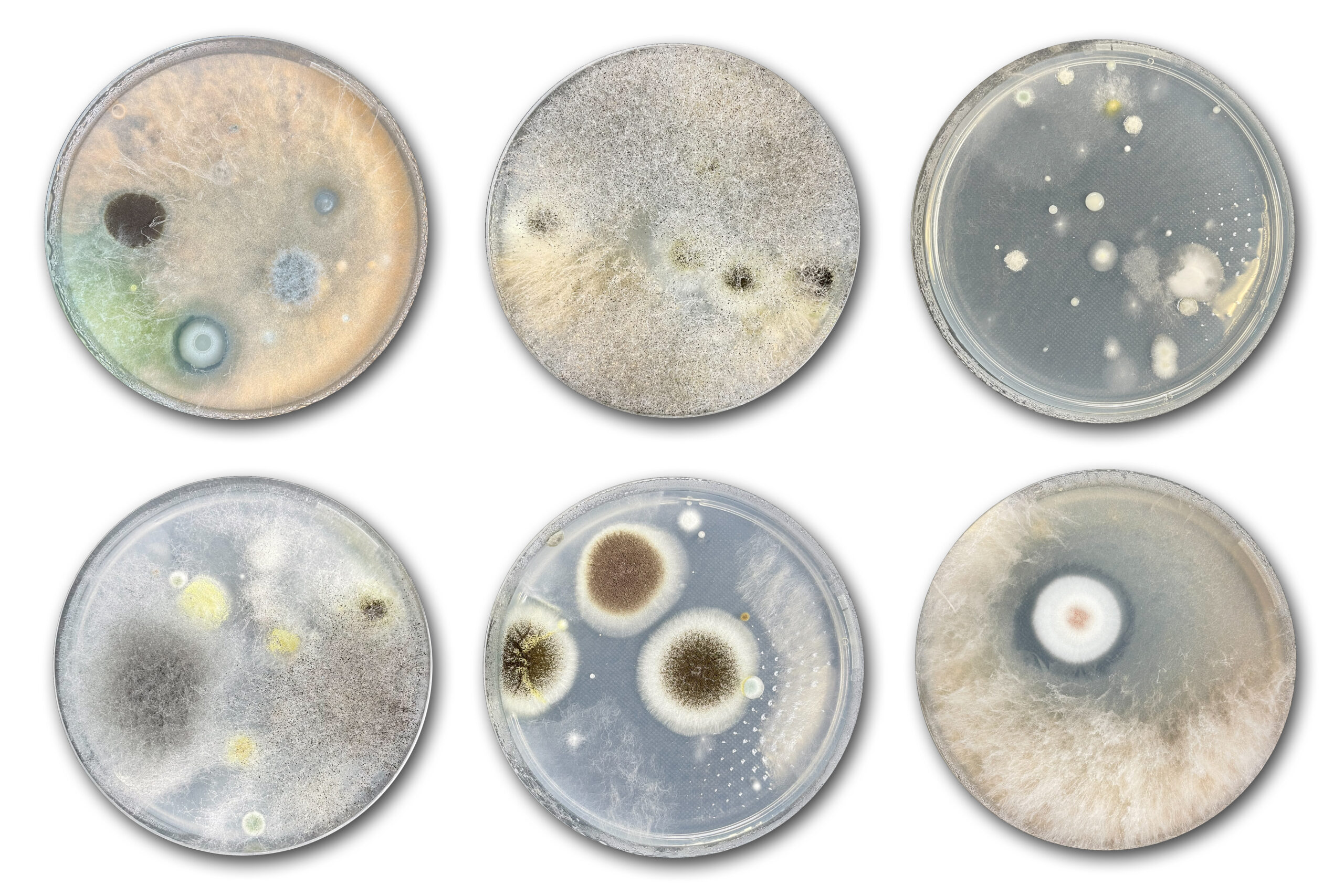
Indoor air testing is becoming increasingly popular in the USA as home-owners are becoming increasingly aware of the importance of toxic mold, chemical contaminants and dust or mites and their effect on asthma, especially in children. Whether you’re looking to improve your air quality or simply want to be sure that your home is safe, investing in an indoor air test is the best way to protect your family. But what kind of tests should you get and how do they work? We’ve put together this guide to get you started on the right path with indoor air testing in the US.
Types of Indoor Pollutants
First, it’s important to understand what types of pollutants are present in your home and how they could affect your health. The most common pollutant sources include asbestos, mold, volatile organic compounds (VOCs) and radon. Knowing what to look for helps you decide which tests to get. For example, testing for VOCs can help detect toxins from paint, furniture, new carpets, personal care and cleaning products.
Indoor Air Testing
There are four different kinds of indoor air testing available.
- Visual inspections
- monitoring devices
- multi-sample tests
- air quality tests
All tests are designed to help detect environmental hazards.Visual inspections are the simplest form of air testing and simply involve inspecting the home or space for potential sources of pollution, such as mold and asbestos.
Monitoring devices like carbon monoxide detectors and radon monitors provide a continuous reading while testing.
Multi-sample tests are more comprehensive and involve taking samples of indoor air at different times over a period of time.
Air quality tests use special equipment to measure the levels of pollutants in the air and compare them against acceptable standards.
When you’re ready to get your air tested, you’ll need to contact a professional who will come to your home and conduct the tests.

